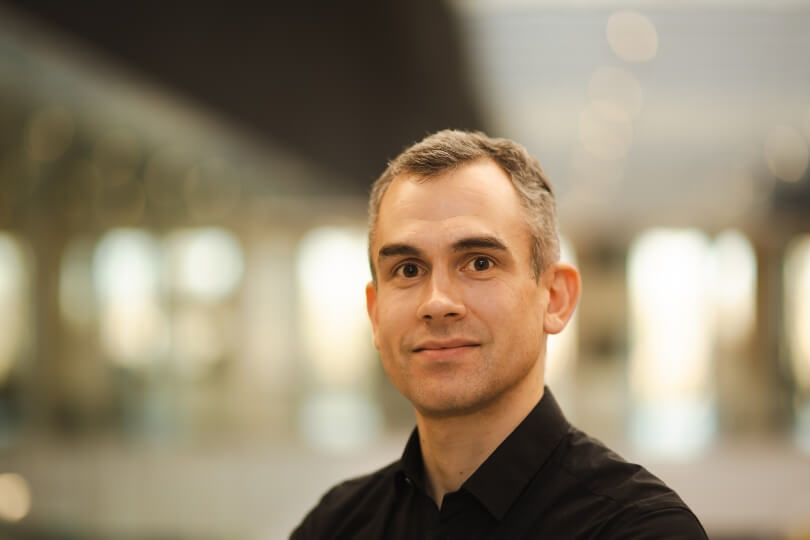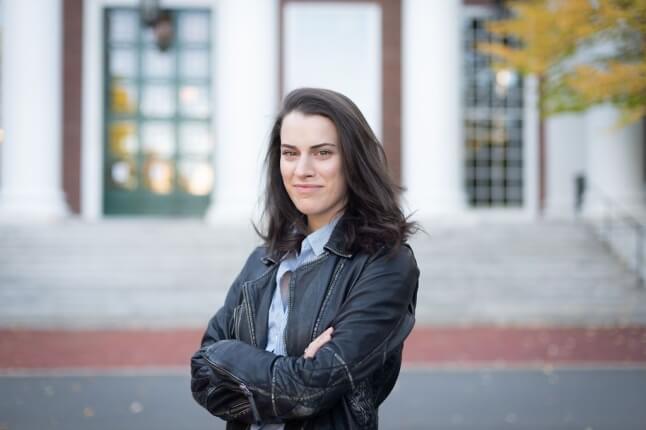News
Bram Maasakkers, S.M. '15, Ph.D. '18
As an undergraduate at Eindhoven University of Technology in the Netherlands, Bram Maasakkers wasn't sure what to do with a degree in applied physics, but he knew he wanted to make a difference. Then he discovered atmospheric science.
“There was a research group within the department working on monitoring the atmosphere from space and linking it with air pollution, and to me that seemed to have a more direct relationship with societal impact,” he said.
Maasakkers first came to the Harvard John A. Paulson School of Engineering and Applied Sciences (SEAS) as a summer intern in the Atmospheric Chemistry Modeling Group led by Daniel Jacob, Vasco McCoy Family Professor of Atmospheric Chemistry and Environmental Engineering.
“Bram was natural as a scientist from the start,” Jacob said. “He worked great within the group and was an important component of the group’s social fabric.”
The Atmospheric Chemistry Modeling Group uses advanced models of atmospheric chemistry to understand the chemical composition of the atmosphere, how it is changed by human activity, and what that means for life on Earth.
“The work was really interesting, and it was also a very nice group to be part of,” Maasakkers said. “I felt very welcomed by the Ph.D. students and postdocs in the group. It seemed like a nice community I could see myself being part of for five years.”
Maasakkers joined Jacob’s lab full-time as a Ph.D. candidate in environmental science and engineering in 2013. His research focused on developing methods to use satellite data to trace and map methane emissions from their sources on the ground. Methane is the most potent greenhouse gas after CO2 and reducing emissions of methane is critical to slowing the rate of global warming.
I’m searching for something to do that’s useful, and I think science is a tool to do that. Climate change is such a pressing issue that if you have a positive contribution to it through science, that’s the main motivation that keeps you in the field.
After graduating from SEAS in 2018, Maasakkers joined the SRON Netherlands Institute for Space Research as a postdoctoral researcher. He became a scientist there three years ago, and now works on a number of projects that use data from the TROPOspheric Monitoring Instrument, a satellite that can track methane emissions and other gases associated with air pollution and climate change.
“We’re providing methane hotspot information based on satellites to the International Methane Emissions Observatory, which can then form a bridge with the relevant companies and countries to actually fix these leaks,” he said. “We have a big project with the Global Methane Hub, where we’re working with specific landfills and cities in the global south to see how we can use satellite data to support mitigation efforts.”
While at Harvard, Maasakkers was able to take a number of courses adjacent to his methane research. This provided a much broader understanding of his field, which he still benefits from as SRON Netherlands interacts with government officials and corporate leaders.
“I took a class at the Kennedy School about how things work on a policy level, which is very relevant now that I’m talking to diplomats, trying to turn that data into action,” he said. “The whole field has moved towards being able to provide data that can directly enable mitigation. When I was at Harvard, there weren’t a lot of instruments that could find big plumes of methane from space, and now we’re detecting those on a daily basis and trying to connect with the right people to get those emissions mitigated.”
Cutting-edge science delivered direct to your inbox.
Join the Harvard SEAS mailing list.
Press Contact
Matt Goisman | mgoisman@g.harvard.edu



